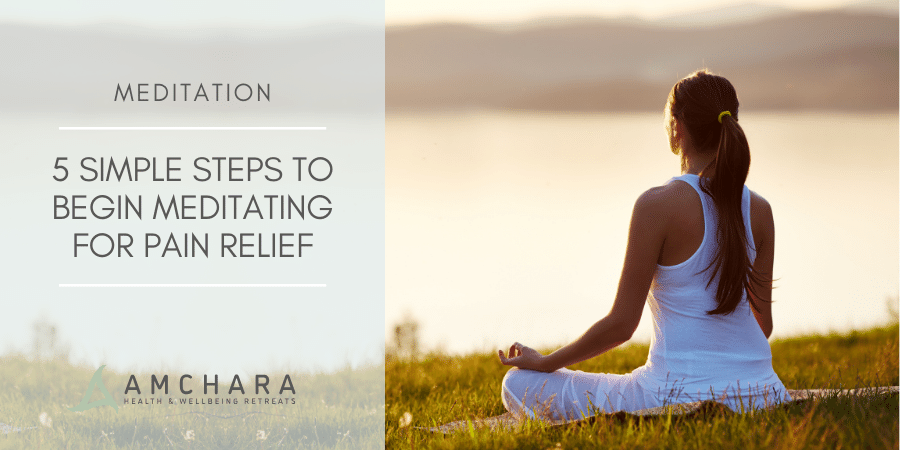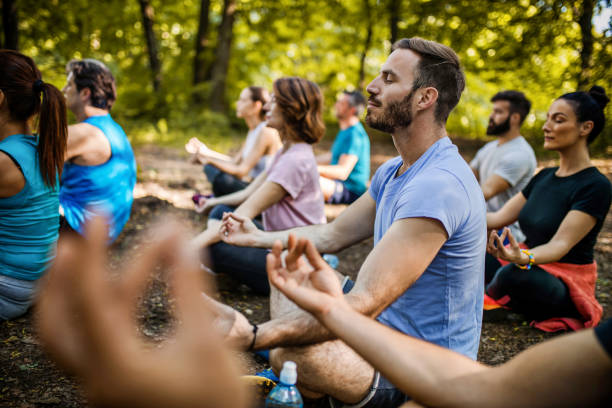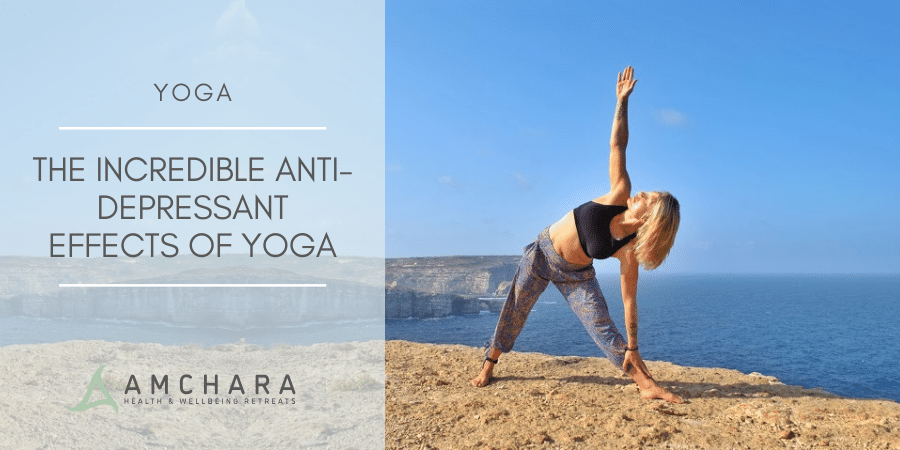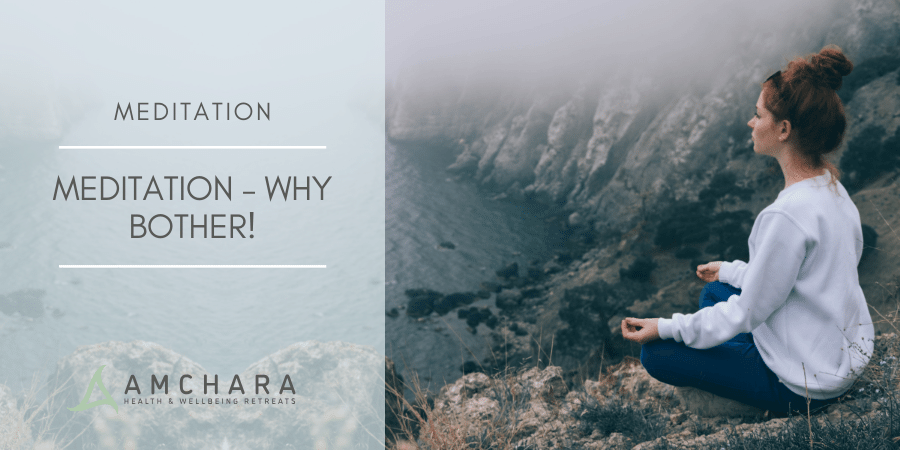‘ooommmmmm’
Meditation for many people brings forth imagery of Tibetan monks sat on top of a mountain, legs crossed chanting ‘ooommmmmm’.
But in truth meditation is a practice that is widely used by people from all walks of life today and in recent studies.
It has shown to be better than morphine for the relief and treatment of chronic pain.
Over 76,000,000 people suffer on a regular basis from chronic pain associated with a range of illnesses and diseases, and anybody can benefit from pain relief by meditating.
You don’t need to be an expert but it does help to have a little guidance from a meditation expert on how to get started.
The Science Behind The Meditation
In a study by Dr Fadel Zeidan of the Wake Forest Baptist Medical Centre, subjects suffering from pain were taught basic meditation techniques lasting less than 20 minutes, and then brain scans were taken that measured processes within the brain.
Of the participants, a staggering 57% felt a reduction in pain after a 20-minute meditation session.
And the scans showed that it wasn’t just the thinking that changed, the actual brain structure had been changed by the meditation.
Dr Zeidan commented on the study and said that it is the first time a study has been done that has displayed results showing the benefits of short periods of meditation and how it can drastically reduce pain for patients of different illnesses.
He said that the results showed a 40% reduction in pain intensity and 57% experienced less of an unpleasant feeling from their pain.
Most patients agreed that they suffered less pain feeling after meditation than from morphine and other pain control drugs.
There are in fact two sorts of meditation, known as mindfulness and transcendental meditation, which change the brain’s structure helping with various health issues.
Both types of meditation are all about focussing on the moment, so they will teach focussing on breathing, imagery, thinking of a word or focussing on a sound.
After some time, the mind learns to reach a state of relaxed awareness rather than to run through thoughts and jump from one thought to another.
It is said that this state also helps us to become less judgmental and feel more compassion. It also decreases stress levels, which in turn promotes long-term health.
How Do I Meditate?
Meditation is all about learning to focus your mind on a particular thing 100% without diverting your attention to any other thoughts.
It helps to reduce stress, increase your awareness on the here and now and improve your health.
Meditation is not as simple as it sounds for some people, and some may benefit from being taught the basics of meditation by a meditation teacher. But here are some basic tips to help.
Many people try meditation at some point but few stick to it and incorporate it into their lifestyle which is what is needed to really get to the right level of meditation for it to really have a great effect.
Start by diarising it into your life however often you want and dedicate that time to it no matter what.
At the beginning of each session, start with the breathing as deep breathing helps to relax your body and mind. Do a little stretching to help relax the muscles.
You should also realise that meditation has a purpose and is an active practice.
Realise you will probably experience a little frustration as naturally, your mind will wonder as a beginner, but remember in time you will learn to focus your mind on your one chosen thing.
Another good idea is to get yourself a book on meditation to learn the basics.
5 Simple Steps to Begin Meditating for Pain Relief
Life can be hectic and the everyday demands can sometimes start to take over.
It can sometimes feel that there are not enough hours in the day to get everything done.
Stress and tiredness can start to make you feel unhappy as well as the fact that it can affect your health.
These are some of the many reasons why it is important to take some time out for yourself.
Meditation is the perfect way to combat this. Meditating can give you more time by making your mind feel calmer and help you to focus better.
A simple 10-minute breathing meditation on a daily basis can help you to overcome the feeling of stress and give you a sense of balance and inner peace.
It can also help to transfer your mind from negative to positive and give you a happier, more peaceful frame of mind.
Here are 5 steps to begin a simple breathing meditation:
1. Choose a quiet place
Find a quiet place to sit – either on the floor in a cross-legged position or on a chair. It is better to sit upright in order to ensure that your mind does not become sluggish and stays alert. Make sure you are comfortable so you can completely relax.
2. Simply ‘be’
Take a few moments to sit and simply ‘be’.
Listen to the sounds around you and take note of what is happening in the moment; thoughts, feelings, sounds, in order to allow yourself to settle.
3. Breathe
Bring your attention to your breathing. Notice how your body exhales and inhales. Make sure it is effortless and do not try to force or manipulate it in any way.
Be aware of all the little details. If your mind wonders away from your breathing, then, that is fine as it is part of the meditation.
When you notice your attention wander, then bring it back.
4. Let go
Notice how all your thoughts, feelings, awareness of sounds and experiences will come and go during your breathing.
When this happens, let go of them and bring your attention back to your breathing.
5. Practice
Take 10 minutes out every day to practice your breathing meditation.
As continue to do this more, you will find that the distractions will become easier to control and you will focus more on your breathing.
This will mean that the more you meditate, the more you will feel a sense of freedom from the distractions and an inner calm will start to prevail.
You may want to read next:





